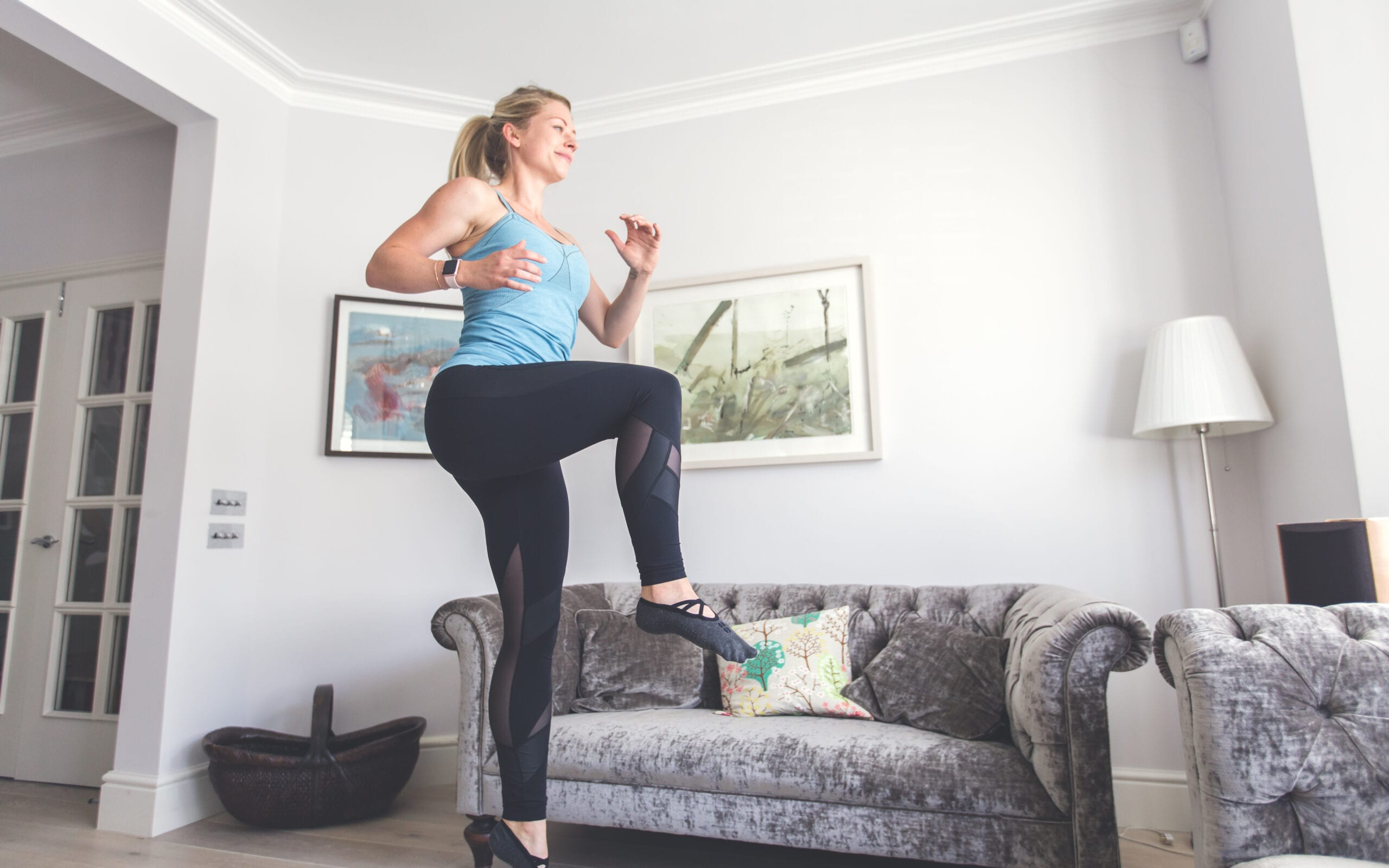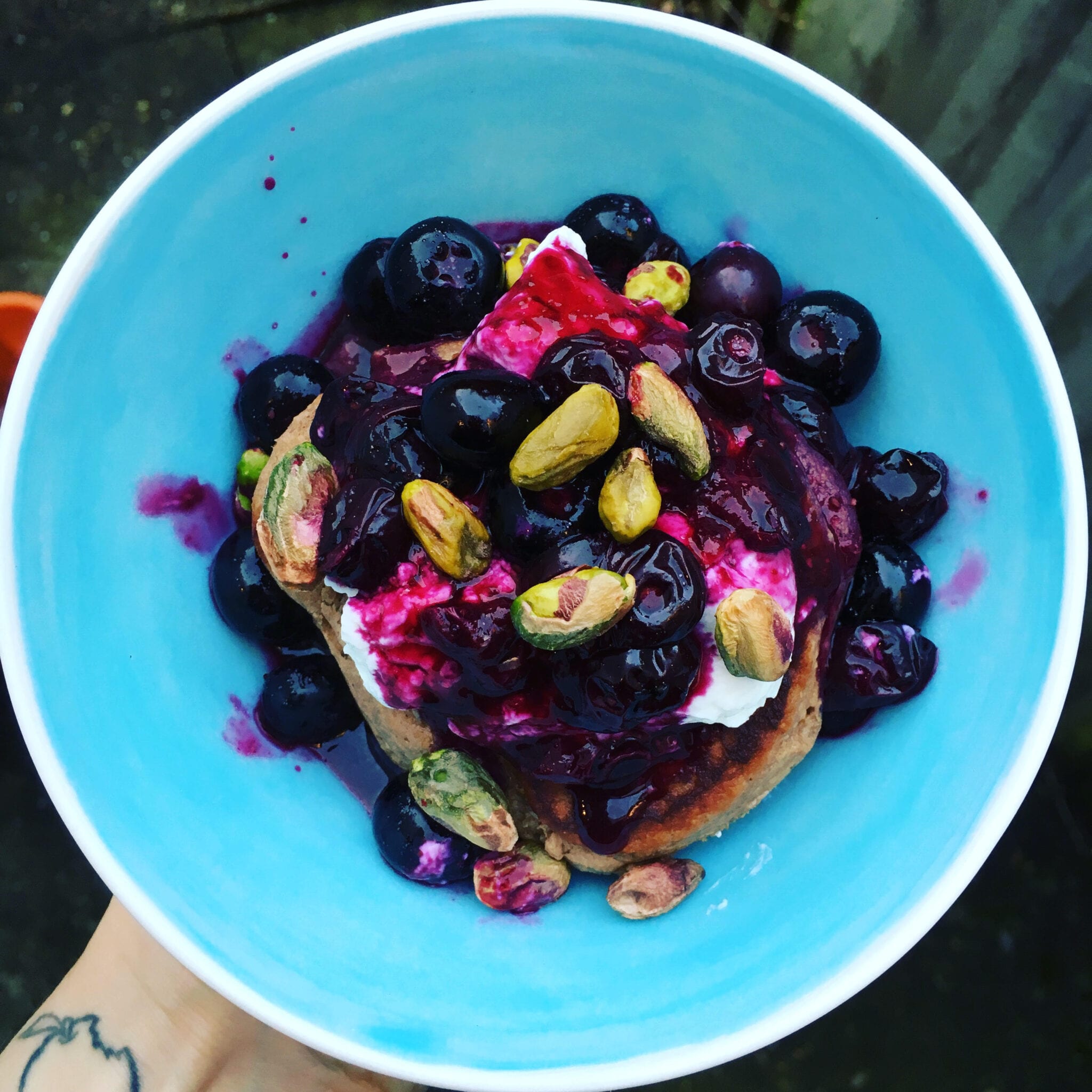High Intensity Interval Training (HIIT) is one of my favourite methods of training and it has grown rapidly in popularity over the last 5 years. Many studios now offer HIIT hybrid classes and The Pilates PT Method itself is a combination of HIIT and Pilates. A quick search in Google, plus the questions I am frequently asked, shows that there is a fair amount of confusion around what HIIT is. Including what it’s effects are and whether it is safe to perform. Here I would like to dispel some of the misconceptions of HIIT and impart some of the reasons HIIT is my method of choice.
1. HIIT is hard
The concept of HIIT is that we take our heart rate up to 80% or upwards of our maximum heart rate. If you imagine a scale of 1-10 where 10 is you working at your absolute maximum effort you would be aiming for around a 9. This means that yes you do have to work hard. However, you are working at a level that you find hard. It’s not like someone is putting 80kg on a barbell and making you squat it. There is no ‘failing’ as HIIT is simply you working as hard as you can manage. So yes, it is hard but it isn’t impossible.

2. HIIT Causes Injuries
HIIT exercises can take many forms. If you usually shy away from cardiovascular exercise you may find that simply taking the stairs on the tube would constitute HIIT and that wouldn’t cause injury, right? Whilst we may throw in ‘jumpy’ exercises like burpees and starbursts we don’t have to for us to be performing HIIT. My opinion is that HIIT doesn’t cause injuries. It is usually what we are doing for 23 hours of the day that does. That means sitting hunched over a desk all day. Or sitting cross-legged, carrying your baby or heavy handbag on the same shoulder or simply not stretching out after exercise. HIIT should be tailored to fit in with any personal injuries or weaknesses you have but does not always need to be avoided. NB – an exception would be those with pre-existing heart conditions.
3. HIIT Will Make Me Hungry
I mean do we even need to talk about this? Hunger is, usually, a sign from your body that it needs new fuel. What is wrong with that? When we perform HIIT we challenge our bodies and deplete our glycogen levels, which are effectively our petrol tanks. Our bodies then spend the next 24-48 hours breaking down body fat to replace these glycogen levels. You wouldn’t expect a car to run on empty so why expect your body to? HIIT has been shown to be effective at reducing visceral fat levels. Visceral fat is the fat that collects around our vital organs and has links to cancer. An increase in appetite will more than likely be a symptom of an increased metabolism which is not a bad thing!

4. HIIT Is Horrible
Our bodies were designed to jump, skip, hop and leap. They were not created to allow us to sit on our bums for 12 hours a day leaning over a laptop. One of the things I love most about HIIT is that it reminds us of what it feels like to have our hearts beating in our chests. 10,000 years ago we would have been sprinting away from bears or chasing after our next meal most days. Whereas now it’s more sprinting after a bus and queueing up to buy our dinner. With HIIT it all comes down to mindset. Try to go into your workouts focusing on how amazing our cardiovascular system is rather than how unfit you feel.
5. HIIT Will Make Me Lose Weight
Hmm, boring! Whilst weight-loss should never be your primary motivator with exercise choice HIIT does play a role in reducing levels of body fat. Weighing ourselves is such a poor method of measuring the success of any fitness programme. My weight can vary by 2-3kgs based on the time of day, whether I’ve been to the toilet, how much water I’ve drunk and if I have just worked out. It is misleading and shows you no insight into your fitness levels, health, body fat or how awesome you are as a person. What HIIT can do is improve your aerobic and anaerobic fitness. It can reduce levels of body fat (if they need reducing), lower your risk of diabetes. It can also improve your strength (especially if you are performing bodyweight versions of HIIT such as burpees/squat-jumps/surfers).
Over the last few years I have really grown to love HIIT. It has helped my clients feel empowered, as they learn just what their bodies can achieve. They have grown to enjoy HIIT and feel comfortable with their heart beating. Most importantly they have become healthier and fitter. And, alongside Pilates there have been no injuries, simply positive changes to their posture and strength. So, don’t fear HIIT – if you get too tired you can simply slow down, just give it a chance.
*
Have you listened to The Strong Women Podcast? If not, check out these three episodes: Melissa Hemsley, Chloe Brotheridge, Muireann Carey-Campbell (Bangs)
And sign up for your FREE 7-Day Pilates PT Method Plan HERE

